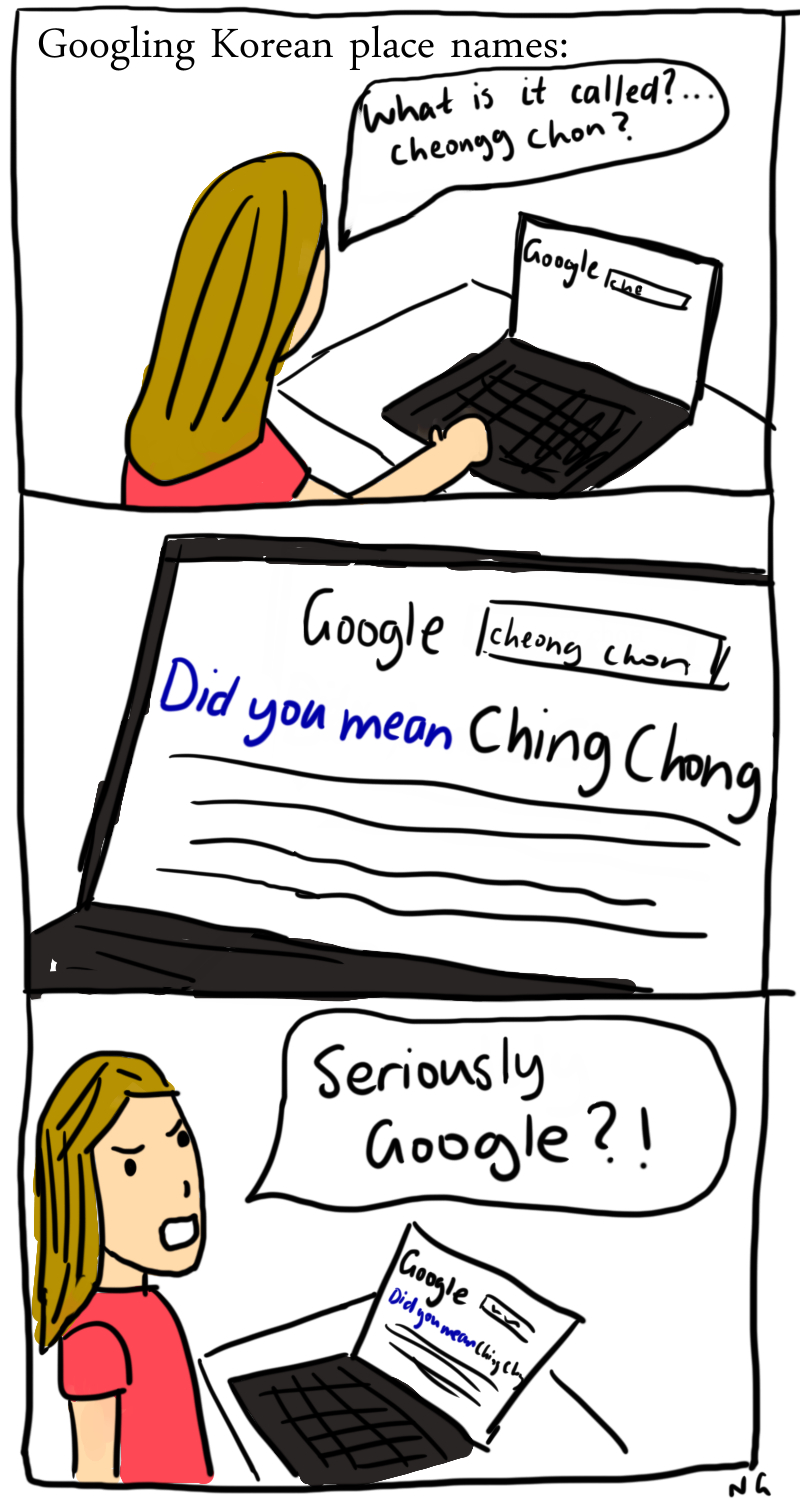 Actually I was trying to google Cheonggyecheon.
Actually I was trying to google Cheonggyecheon.
Google is pretty good at guessing when you misspell an English name or word… but heaven help you if you don’t know the exact spelling of a Korean name! If you have any ‘ch’ in it don’t be surprised if “ching chong” comes up. I’ve had it happen more than once.
If you haven’t heard this before: it’s a very offensive and derogative term for Asian people. Originally used in the 19th century when Chinese miners came out to the Australian gold fields. It was used as an insult for Chinese people. It was also used like “Ching Chong Chinaman.” It mimics their names and their language but in a very stupid and uneducated way. Since then it has been directed at any Asian person by racists because if someone is that racist, well they are obviously too dumb to know that there are different Asian countries.
Unfortunately it is sometimes still used. A few years ago a Korean friend who worked on a building site in Australia asked me one day, “What does ching chong mean?” I was hesitant to reply just in case he had misheard and I didn’t want him to have something horrible explained to him if it wasn’t needed. My fears were confirmed though, when he said one of the white Australian workers had yelled at him “Hey ching chong!” He didn’t know it meant but had seen the boss yell so harshly at that worker and he realised the guy had said something so bad.
My husband also said that when he was working in an abattoir on one of his working holiday visas a white Australian called a Korean worker that insult. The white Australian worker was fired on the spot even though he’d been working there for years and years.
At least most bosses don’t tolerate it but it is upsetting that there are still morons using such an offensive insult.
So it’s always a ‘WTF’ moment when just innocently searching for a Korean name google says “did you mean this?” No I did not mean that google!
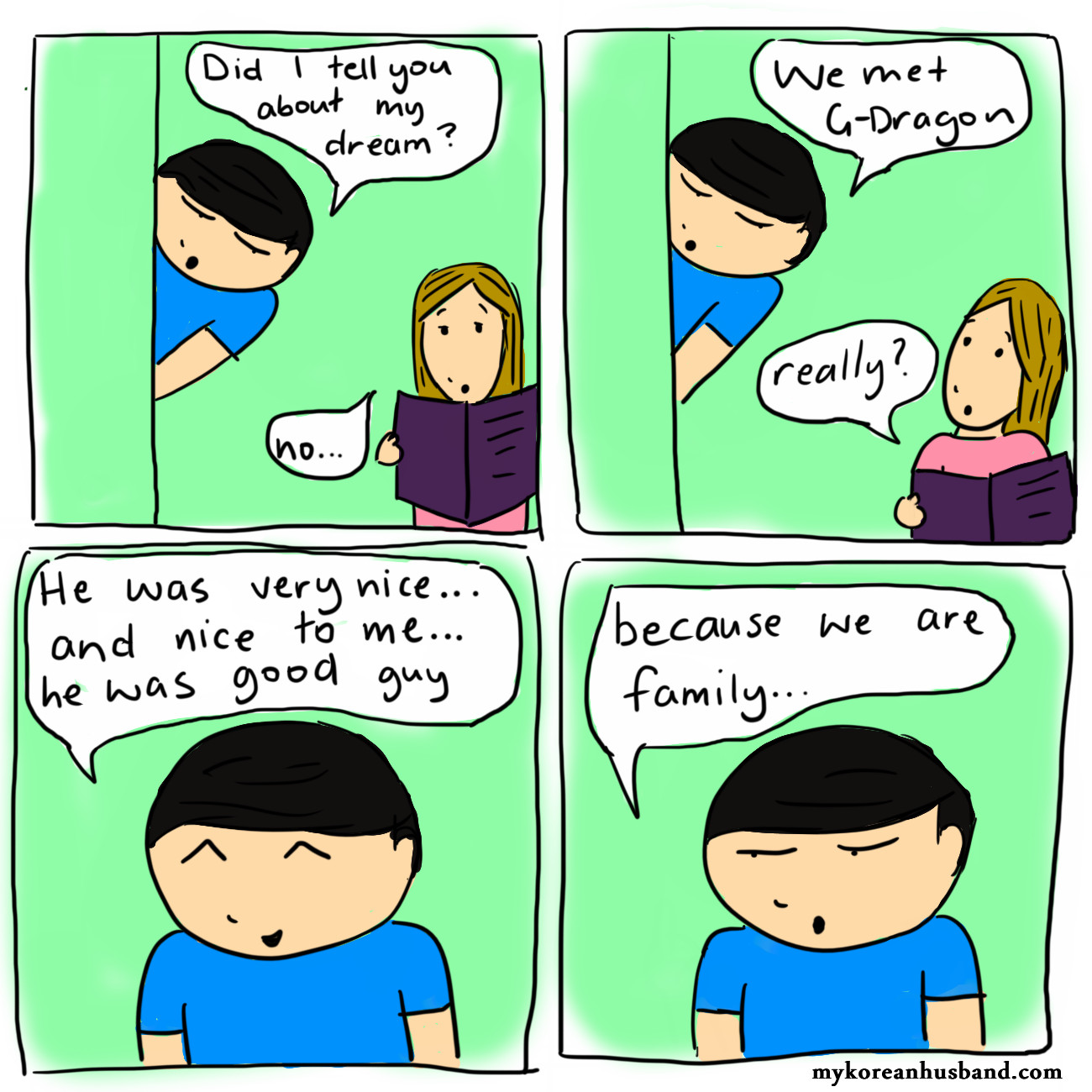

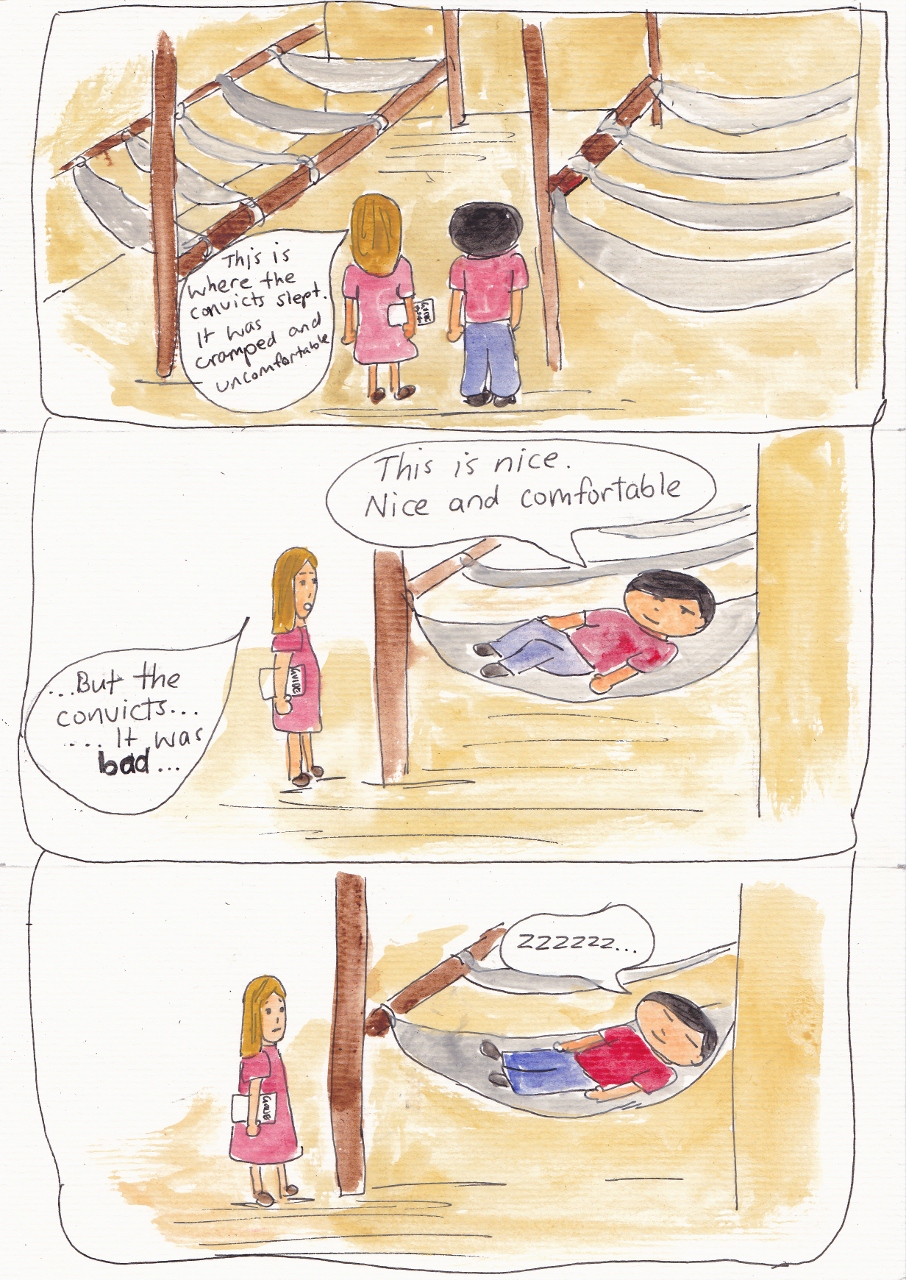
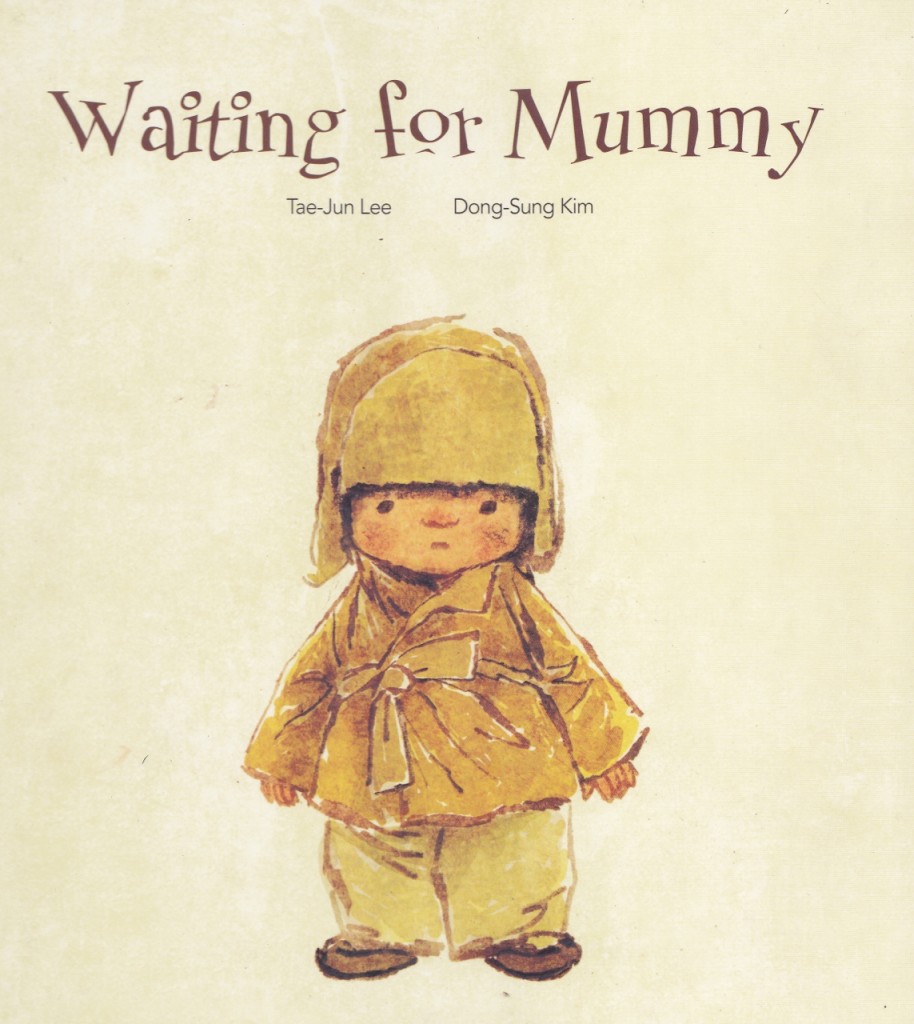
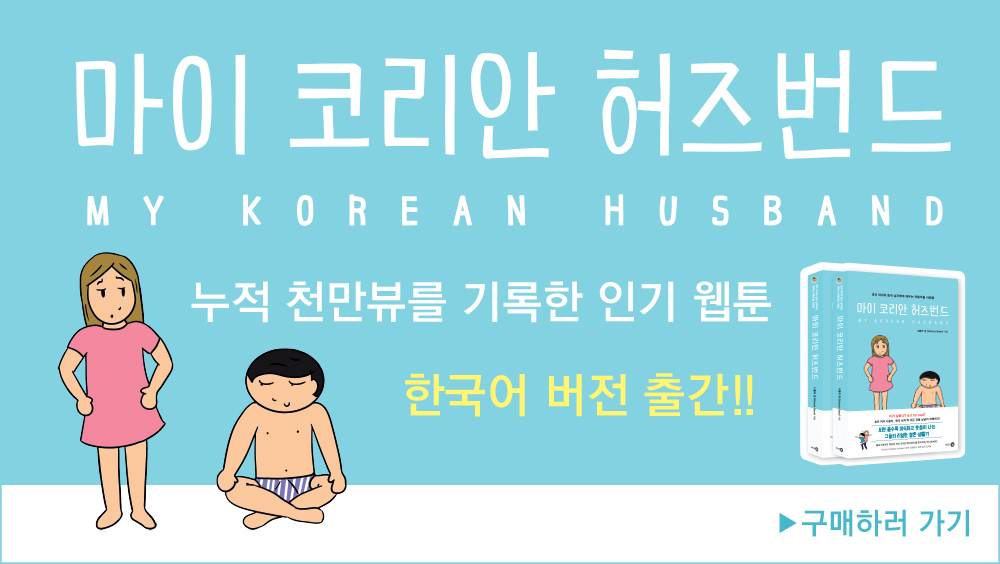
Recent Comments